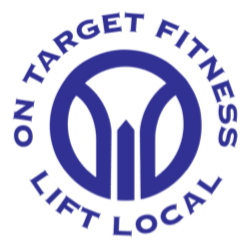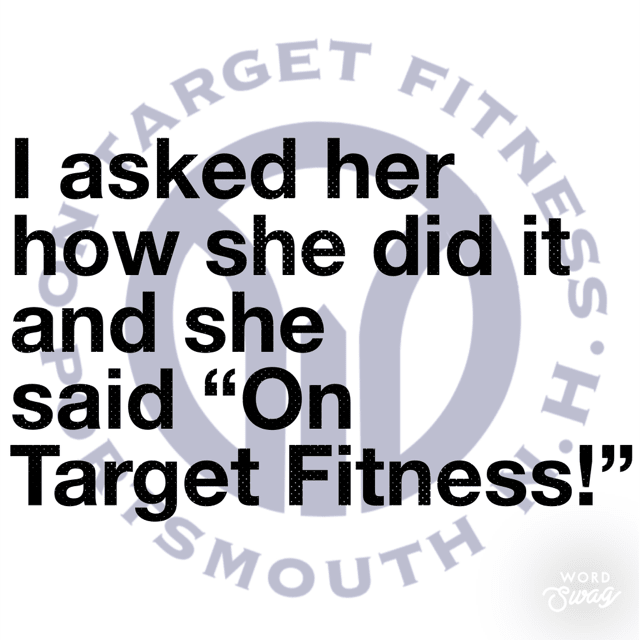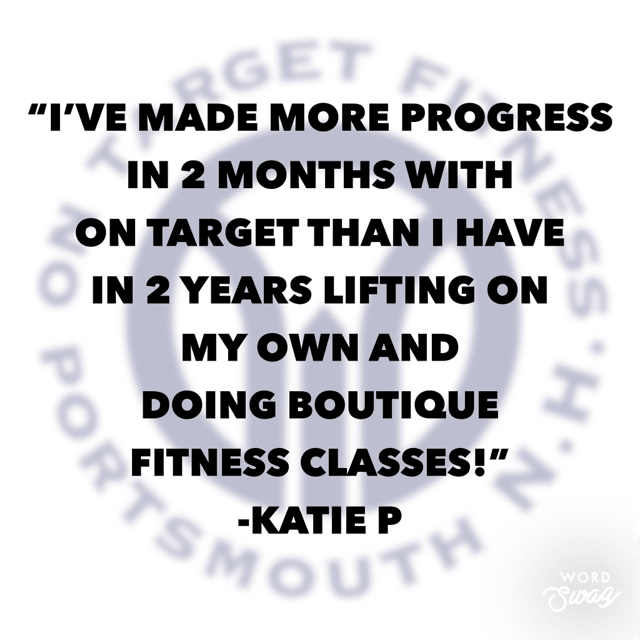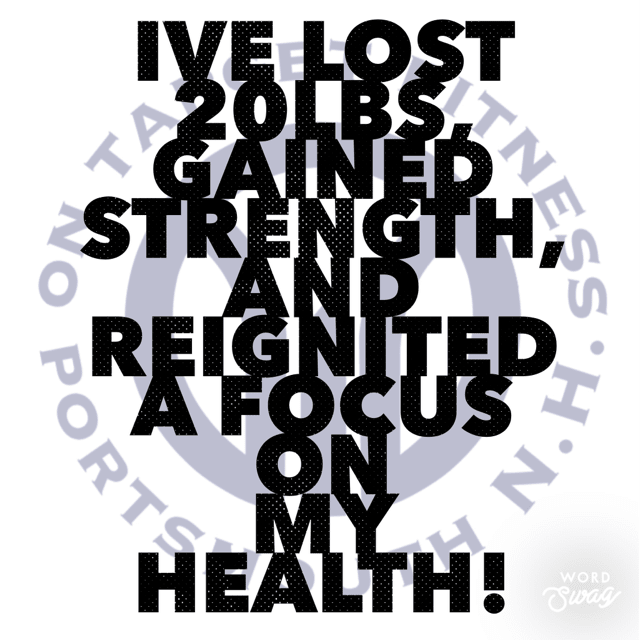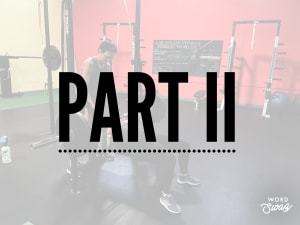
Fundamentals of Fat Loss PART II: How to easily burn more calories than you take in Welcome to the Fundamentals of Fat Loss Part II. In Part one, I explained that you need to consistently do 3 things to burn fat: Burn more calories than you take in Strength train 3 days per week Get plenty of protein Today in Part II, we are going to dive deeper into how to burn more calories than we take in. For short, I am going to refer to this condition as a caloric deficit. When you look at the body of nutrition science from a 30k foot view, a simple truth emerges. When it comes to body composition management, if you control for 2 variables, virtually any way of eating works the same. Those two variables are calories and protein. We’ll talk more about protein in Part IV. Calories in. Calories out. How much of a deficit should you shoot for? 200-400 calories per day. That’s plenty to move the needle but still allows you get enough food to fuel your workouts and feel good all day. If you starve yourself, you’ll feel terrible, the quality of your workouts will suffer, you’ll lose muscle, and you’ll tell your body to cling to its fat stores. So how do we get in a calorie deficit and stay in one consistently for long enough to lose weight? One way is to burn more calories. I’ll share more about increasing the amount of calories you burn in Part III. Today we’ll focus more on curbing our intake with proper nutrition. I am a personal trainer but I will be the first to tell you how important nutrition is. There are really two nutrition strategies you can use. I recommend both to my clients depending on their needs. Method 1: Eat Real Food. Calories matter but so does where they come from. This method focuses on food quality as a way to control calories. By making certain foods “off limits”, ideally for a set period of time, you are reducing intake. Paleo, intermittent fasting, low carb/low fat are all types of elimination diets but they aren’t what we recommend to our clients. Far and away the SIMPLEST way to do this is exactly what we did during our New Year Program: 4 weeks of no added sugar, no booze, and no junk. What’s junk? You know what it is. By making foods that are easily over consumed off limits temporarily, we restrict intake and make it easy to focus on fruits, veggies, and lean meats. This means we can eat to satisfaction while still staying on track. I did this during the New Year Program and lost 2.5lbs of fat. That means I was burning roughly 300 more calories a day than I was consuming but I never had to count a single calorie. Cool! Here is what I like about this method. You feel way better, FAST. Most of us felt crazy good within a week of no added sugar and no booze. Everyone reported big Aha’s for realizing how much of their sugar and alcohol intake they really didn’t need and didn’t get anything from. I think everyone should do it once a year and I think it’s not a bad way to start to get feeling better fast and establish some momentum. Here is where I caution clients with this method. You MUST keep this short term and understand that excessively strict elimination is not sustainable. Have a transition plan from short term to long term. If you try to do it forever you will crack, catch a case of the screw-its, eat too much of all the wrong things, feel like a failure, and lose all your momentum. Keep it to no more than 4 weeks. By week 1, you feel awesome! By week 3, you know what you will keep doing and what you’ll relax a little bit. No booze can turn into max 3 drinks per week pretty easily. No added sugar can turn into one dessert a week and you’ll do great. After a strict period of 4 weeks, you will be able to identify things that you can have but won't be in your house or your every day. Method 2: Counting. With this method, you can eat whatever you want, you just need to stay within your daily calorie limit. Nothing is off limits but the quantity of everything is important. A good knowledge of serving sizes and accurate food logging is helpful. You'll need a food scale. We like to calculate your daily target based on data from our InBody machine but a quick and dirty rule of thumb is your goal weight times 10 for weight loss. That can vary a bit based on where you are starting so remember that’s a rough idea. Here is what I like about this method. It’s honestly the most logical. Eat within your calorie limit. That is it. By having no “off limits” foods you can eat whatever you want, you just need to control the caloric intake. I like that flexibility long term. No one wants to say goodbye forever to their favorite foods and you shouldn’t have to. We just need your intake to serve you instead of sabotage you. Here is where I caution clients about this method. It takes some work, knowledge, and experience accurately measuring and logging food. If you’re log shows a calorie deficit and after a few weeks your weight isn’t down, you aren’t in a calorie deficit and your log is off. Common issues are underestimating servings or forgetting to log liquid calories. While I concede the logic of this method, I admit I have a bias towards the first method of just eating real foods. Counting and logging is very logical, but us humans are not actually all that logical. Most logs are so inaccurate that they become more trouble than they are worth. Each method has its advantages and disadvantages. Finding what works for you is key. You get to enjoy your food while you fuel and nourish your body. Starving yourself is not okay, it won’t work long term, and you deserve better. It is for this reason that I DETEST expensive cleanses where you starve yourself and replace real food with processed supplements. At best it will waste your money and give you indigestion. At worst, you could have severe health complications or develop an eating disorder from that kind of lunacy. You can request more information about how our personalized approach can help you at the top and bottom of this page. Looking forward to connecting! Our first location serves Portsmouth, Kittery, and the broader Seacoast community. Our new location serves Kingston and the broader southern New Hampshire community. We help people strength train, walk daily, and eat real food.
